LIFE INSURANCE 101
Life Insurance: Understanding the Basics

Life insurance is a contract between an individual and an insurance company, where the insurance company agrees to pay a specified amount to the individual's beneficiaries upon their death.
The payment made by the insurance company is called a death benefit. The individual pays regular premiums to the insurance company to maintain the coverage.
Why Do I Need Life Insurance?
Life insurance is an essential aspect of financial strategies. It provides financial security to an individual's family and loved ones in case of their untimely death.
The death benefit can be used to pay for end-of-life expenses, mortgages, or even to provide a source of income for the beneficiaries. It also helps to ensure that one's dependents will be taken care of, even after they are gone.

Why Life Insurance Matters
Sources:
(1.) “2021 Insurance Barometer Study,” Life Happens and LIMRA, March 2021
(2.) LIMRA, “2020 Insurance Barometer Study.”
(3.) “Life Insurance Ownership Drops to 57-Year Low,” Life Insurance and Market Research Association, September 2020
Types of Life Insurance

There are two primary types of life insurance: term life insurance and permanent life insurance.
Term life insurance provides coverage for a specified period of time and pays out a death benefit only if the individual dies within that time frame. This type of life insurance is typically less expensive than permanent life insurance and provides protection for a specific need, such as covering a mortgage or providing income for dependents.
Permanent life insurance, on the other hand, provides coverage for an individual's entire lifetime and accumulates a cash value over time. There are several types of permanent life insurance, including whole life insurance, universal life insurance, and indexed universal life insurance.
TERM LIFE
COMPARISON
PERMANENT LIFE
Typically between 1 and 30 years
Coverage Period
Lifetime of the Insured, or until policy maturity
Typically lower than permanent
Cost of Premium
Generally higher than term life
Fixed premium during the term of the policy
Type of Premium
Level premium, can be adjusted based on policy type
No cash value component
Cash Value Component
Has a cash value component that grows over time
Yes. Varies by policies
Living Benefits
Yes. Varies by policies
■ Level Term Life
■ Renewable Term Life
■ Decreasing Term Life
■ Return-of-Premium Term
Examples
■ Whole Life
■ Universal Life
■ Variable Life
■ Indexed Universal Life
What is Indexed Universal Life Insurance?

Indexed universal life insurance (IUL) is a type of permanent life insurance that combines the death benefit protection of traditional life insurance with the potential for cash value growth through interest linked to a market index (1).
Here are some key features of an IUL policy:
Cash value growth: The policy’s cash value is tied to the performance of a specific market index, such as the S&P 500. If the index performs well, the cash value can grow at a higher rate than traditional universal life insurance policies. (1)
Protection against market downturns: While the cash value of an IUL policy is tied to an index, it typically has a floor of 0% or a minimum interest rate, which protects the policy from market losses. (1)
Flexible premiums and death benefits: IUL policies offer flexibility in premium payments and death benefit amounts, allowing policyholders to adjust their coverage as needed throughout their lives. (2)
Tax-free death benefit: Like all life insurance policies, the death benefit paid out to the policy’s beneficiaries is generally tax-free.
Tax-deferred cash value growth: The cash value of an IUL policy grows tax-deferred, meaning policyholders can withdraw or borrow against the cash value without incurring immediate taxes. (3)
Policy loans and withdrawals: If sufficiently funded, policyholders can access the cash value of an IUL policy through loans or withdrawals, but any outstanding loans and withdrawals will reduce the death benefit and cash value of the policy. (3)
(1) Indexed Universal Life Insurance policies do not directly participate in any stock or equity investments. Monthly deductions continue to be taken from the accumulated value, including a monthly policy fee, monthly expense charge, monthly accumulated value charge, cost of insurance charge, and applicable rider charges, regardless of interest crediting.
(2) It is possible that coverage will expire when either no premiums are paid following the initial premium, or subsequent premiums are insufficient to continue coverage.
(3) Policy loans and withdrawals reduce the policy’s cash value and death benefit and may result in a taxable event. Surrender charges may reduce the policy’s cash value in early years.
Life insurance is a valuable tool for financial strategies and providing financial security for one's family and loved ones. By understanding the different types of life insurance, individuals can make informed decisions about the coverage that best fits their needs.
Speak to one of our licensed associates to see which type of life insurance policy is right for you.

